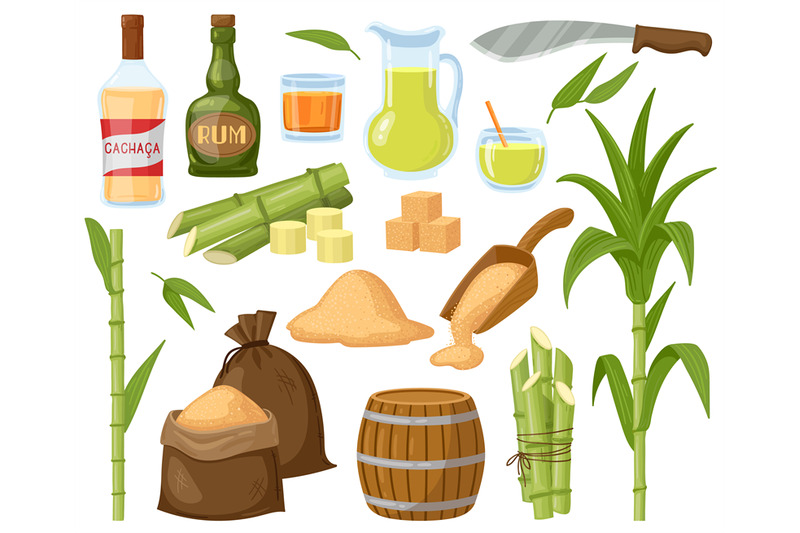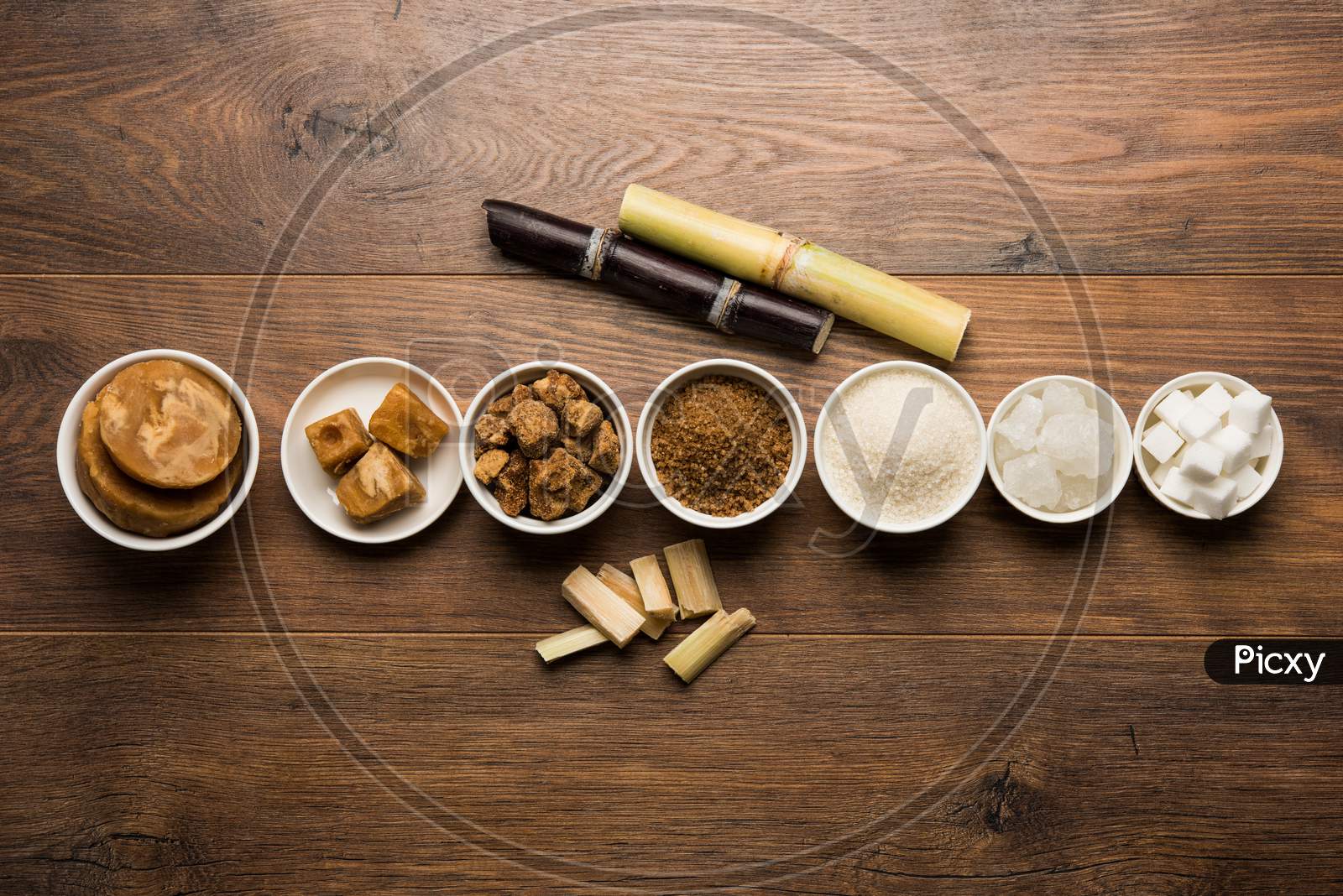A Deep Study Sugar Cane: Insights on Production, Product, and Item Development
Sugar cane plays a vital role in agriculture, underpinning economies in exotic areas. Its growing includes complex processes affected by various environmental elements. Growers face significant challenges, consisting of environment change and market variations. Developments in product advancement are emerging in feedback to developing customer needs. Understanding these characteristics is necessary for realizing the future of this essential crop and its effect on global markets. What lies in advance for sugar cane and its myriad applications?
The Significance of Sugar Cane in Global Farming
Sugar cane works as a necessary plant in global farming, underpinning economies and food systems in several tropical regions. This functional plant is mainly cultivated for its high sucrose content, which is refined right into sugar, a staple active ingredient in many food. Beyond sweetening, sugar cane is likewise important for creating biofuels, specifically ethanol, contributing to power sustainability.The economic value of sugar cane encompasses work, offering source of incomes for millions of farmers and employees in processing centers. In numerous nations, sugar cane farming and handling stand for significant sections of farming GDP, affecting profession balances and local development.Additionally, sugar cane's flexibility to numerous environments improves its importance as a crop, guaranteeing constant supply in international markets. Its byproducts, consisting of molasses and bagasse, additionally diversify its energy, making it an essential part in food, power, and sector. In general, sugar cane remains a cornerstone of farming performance worldwide.
Cultivation Procedures: From Growing to Harvest
Growing sugar cane entails a series of well-defined procedures that guarantee perfect development and return. The growing starts with land preparation, where the dirt is tilled to safeguard optimum oygenation and drain. Following this, seed cane, which is composed of fully grown stalks, is selected and reduced into sectors (sugar cane products). These segments are then grown in furrows, making certain proper spacing to enable for sunshine and nutrient access.Once grown, irrigation systems are used to maintain ample wetness levels, as sugar cane thrives in humid problems. Weeding and insect monitoring are crucial during the expanding period to lessen competition for sources. Nutrient application, consisting of plant foods, supports robust development. As the plants develop, keeping track of for diseases and parasites continues.Harvesting typically happens 10 to 24 months post-planting, depending on the range. The canes are reduced short, guaranteeing very little waste, and are rapidly delivered for refining to preserve sugar high quality
Geographical Circulation of Sugar Cane Production
The geographical distribution of sugar cane production is largely shaped by specific environment and soil requirements. Significant producing nations, such as Brazil, India, and China, benefit from exotic and subtropical environments that sustain the plant's growth. Comprehending these factors gives insight into the international landscape of sugar cane growing.
Major Making Countries
Sugar cane is expanded in various regions worldwide, specific countries dominate production due to beneficial environments and farming practices - sugar cane products. Brazil leads the worldwide market, accounting for about one-third of complete production, many thanks to its comprehensive vineyards and advanced cultivation techniques. India adheres to as a considerable manufacturer, taking advantage of both favorable weather problems and a big residential market. China and Thailand additionally rate among the top producers, with reputable frameworks sustaining their sugar sectors. Other significant contributors consist of the USA, Mexico, and Australia, each leveraging their distinct farming systems to improve result. These countries play a crucial function in the sugar cane supply chain, influencing worldwide costs and schedule
Climate and Soil Requirements
Ideal environment and dirt problems are crucial for successful sugar cane production. Sugar cane prospers in tropical and subtropical regions, calling for warm temperature levels between 20 ° C and 30 ° C (68 ° F to 86 ° F) These plants require plentiful sunlight and rains, preferably between 1,500 to 2,500 millimeters yearly, to assure peak development. The dirt should be well-drained, abundant, and abundant in raw material, with a pH level ideally in between 5.5 and 8.5. Sandy loam or clay loam soils are specifically for sugar cane farming, supplying necessary nutrients and drain. Geographical distribution is mostly affected by these variables, with major production areas located in Brazil, India, and China, where environmental conditions straighten with the plant's demands for growth and yield.

Challenges Faced by Sugar Cane Growers
Sugar cane growers come across substantial obstacles that impact their source of incomes. Environment adjustment introduces unpredictable weather patterns, impacting plant return and quality. In addition, market price volatility creates financial unpredictability, making complex long-lasting planning for these farming producers.
Climate Adjustment Impacts

Exactly how do check here climate modification effects influence the stability of sugar cane farming? Increasing temperatures and irregular climate patterns especially challenge sugar cane farmers. Raised warm can result in lowered returns, as the plants struggle to thrive in extreme problems. Furthermore, transformed rains patterns result in either droughts or too much flooding, both detrimental to crop wellness. Bugs and diseases are likely to proliferate in warmer climates, even check my source more threatening production. In addition, dirt destruction and salinization because of increasing water level can decrease cultivable land. These climatic adjustments urge farmers to adapt their techniques, typically calling for financial investment in brand-new innovations and resistant crop selections. Ultimately, the sustainability of sugar cane growing rests on addressing these climate tests effectively.

Market Value Volatility
Market value volatility presents considerable obstacles for sugar cane farmers, influencing their financial security and planning. Fluctuations in market value, driven by elements such as global supply and need, climate condition, and federal government policies, produce unpredictability for producers. This changability makes it hard for farmers to forecast incomes and handle operating budget properly. In addition, when rates go down unexpectedly, lots of farmers may battle to cover production expenses, bring about possible economic distress. To reduce these threats, some cultivators turn to agreements or hedging strategies, yet these options might not be accessible to all. Subsequently, market price volatility continues to be a relentless worry, influencing the total sustainability and earnings of sugar cane farming.
Comprehending the Sugar Cane Supply Chain

Market Trends Affecting Sugar Cane Costs
The characteristics of sugar cane costs are affected by a range of market trends that show wider economic conditions and customer habits. International demand for sugar and sugar-related products plays a crucial duty, with raising interest in natural and sustainably sourced products driving prices higher. Additionally, changes in oil costs affect the cost of production and transportation, more influencing market rates. Weather condition patterns are another substantial factor; adverse problems can cause lowered returns and raised prices. Trade plans, tolls, and global arrangements additionally shape the marketplace landscape, affecting supply chains and availability. Currency exchange rates can complicate international profession, affecting prices for both exporters and importers. Shifts in customer choices toward healthier choices might change demand patterns, creating a ripple result on sugar cane pricing. sugar cane products. Consequently, understanding these interconnected patterns is vital for stakeholders in the sugar market
Innovations in Sugar Cane Product Growth
Numerous developments in sugar cane product growth are reshaping the sector and expanding its applications. Researchers are checking out alternative uses past traditional sugar, consisting of biofuels, naturally degradable plastics, and wellness supplements. you could try this out Developments in chemical handling strategies have boosted the extraction of important compounds such as antioxidants and vitamins from sugar cane, promoting its usage in practical foods.Additionally, the growth of genetically customized sugar cane varieties intends to boost return and resistance to insects, while additionally boosting the dietary profile of the plant. Advancements in fermentation processes have actually caused the production of high-quality alcohols obtained from sugar cane, interesting an expanding market for craft spirits.Moreover, sustainable techniques in cultivation and handling are getting traction, with an emphasis on lowering ecological influences. These innovations not just produce brand-new market opportunities however likewise foster an even more sustainable technique to sugar cane production, straightening with global trends in the direction of environmentally friendly items.
Often Asked Inquiries
What Are the Ecological Influences of Sugar Cane Farming?
The ecological impacts of sugar cane farming include deforestation, loss of biodiversity, water contamination from fertilizers and pesticides, soil degradation, and greenhouse gas exhausts, all of which significantly add to eco-friendly imbalances and environment adjustment.
Exactly How Does Sugar Cane Cultivation Affect Citizen Economies?
Sugar cane farming significantly affects neighborhood economic situations by creating jobs, promoting farming industries, and generating earnings for farmers. Nonetheless, it can additionally lead to financial reliance and fluctuations based upon market demands and environmental problems.
What Are the Key Vermin and Diseases Affecting Sugar Cane?
The primary pests influencing sugar cane include the sugarcane borer and aphids. Diseases such as red rot and smut significantly influence yield. Farmers must implement integrated pest management approaches to minimize these dangers effectively.
Just How Is Sugar Cane Processed Into Different Products?
Sugar cane processing involves crushing the stalks to extract juice, followed by clarification, dissipation, and condensation. This process returns raw sugar, molasses, and ethanol, each offering distinctive objectives in various markets, from food to energy.
What Are the Nutritional Aspects of Sugar Cane?
The dietary aspects of sugar cane include important minerals and vitamins, especially B vitamins, calcium, and iron. It additionally has fiber, though largely made up of sucrose, which supplies power however lacks considerable nutrients.